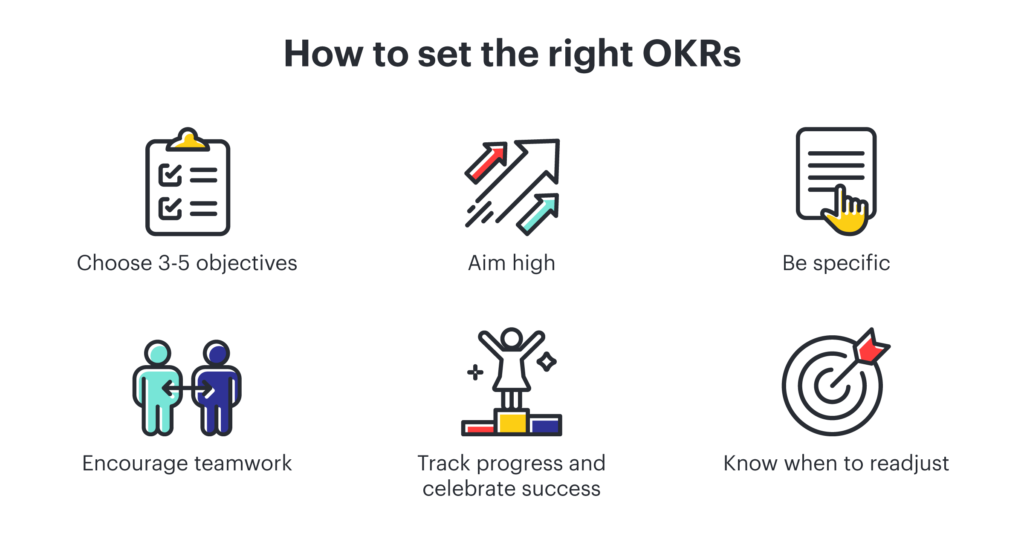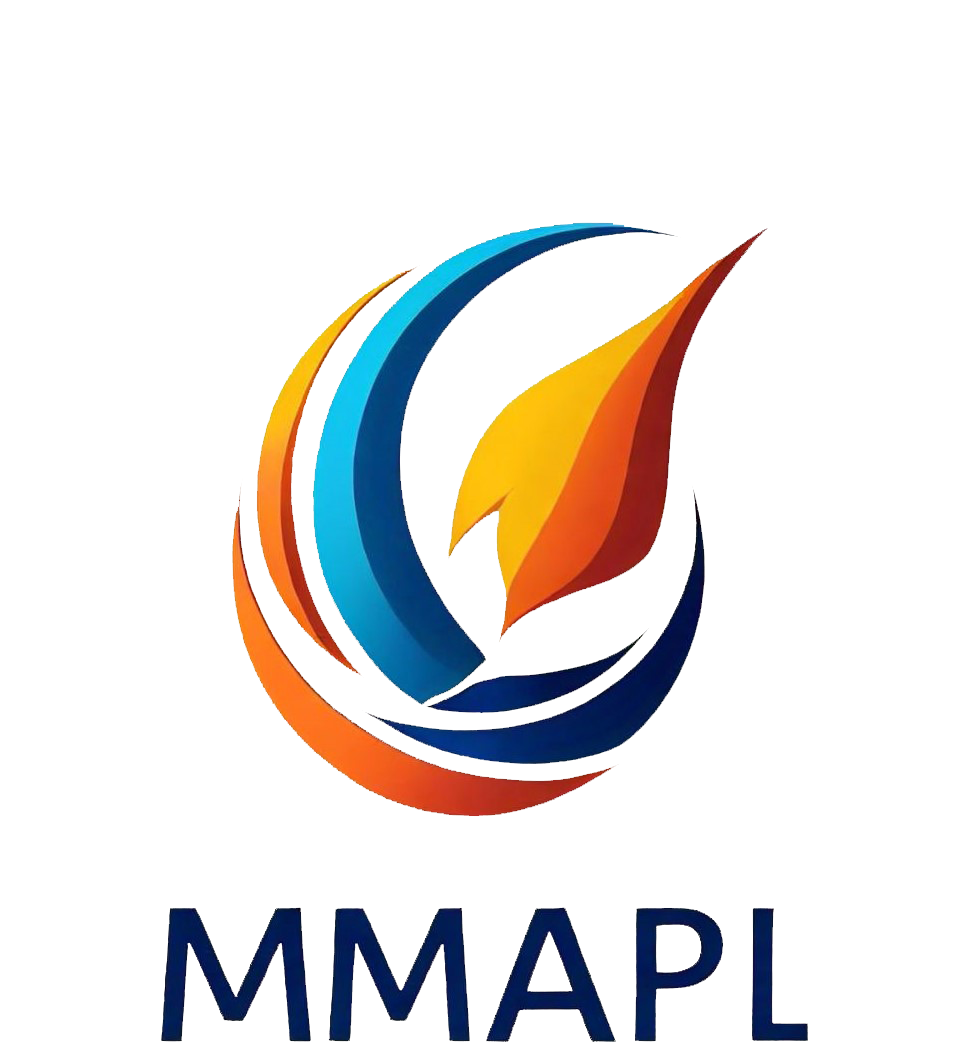In today’s fast-paced business environment, setting clear goals and tracking progress is crucial for success. One powerful framework that has gained significant traction is OKRs—Objectives and Key Results. This blog post will explore what OKRs are, how they can benefit your organization, and practical tips for implementing them effectively.

What Are OKRs?
OKRs stand for Objectives and Key Results. This goal-setting framework helps organizations set and achieve ambitious goals by defining what they want to achieve (Objectives) and how they will measure success (Key Results).
- Objectives: These are qualitative and inspirational goals that provide direction and focus. They answer the question, “What do we want to achieve?”
- Key Results: These are quantitative measures that track progress towards the objective. They answer the question, “How will we know we’re making progress?”
The Benefits of OKRs
Implementing OKRs can provide numerous benefits for organizations of all sizes:
- Clarity and Focus: OKRs help teams and individuals focus on what’s most important by setting clear, measurable goals.
- Alignment: OKRs ensure that everyone in the organization is working towards the same objectives, fostering better collaboration and alignment.
- Transparency: By making objectives and key results visible across the organization, OKRs promote transparency and accountability.
- Agility: OKRs allow organizations to adapt quickly to changes by regularly reviewing and adjusting goals.
How to Implement OKRs
Implementing OKRs can be a straightforward process if approached methodically. Here’s a step-by-step guide to help you get started:
- Define Your Objectives:
- Start by setting clear, ambitious objectives that align with your company’s vision and mission.
- Make sure your objectives are inspiring and challenging, yet achievable.
- Set Key Results:
- For each objective, define 3-5 key results that are specific, measurable, and time-bound.
- Ensure that your key results provide a clear measure of progress.
- Align and Communicate:
- Share the OKRs across the organization to ensure alignment and understanding.
- Encourage teams to set their own OKRs that align with the broader organizational goals.
- Track Progress:
- Regularly review progress towards your OKRs. This can be done through weekly or monthly check-ins.
- Use tools and software to track and visualize progress.
- Reflect and Iterate:
- At the end of the OKR cycle (usually quarterly), review the outcomes and reflect on what worked and what didn’t.
- Use these insights to refine your OKRs for the next cycle.

Choosing the Right OKR Software
To manage OKRs effectively, consider using OKR software that provides features such as:
- Goal Tracking: Visualize progress with dashboards and reports.
- Integration: Sync with other tools and platforms used by your team.
- Collaboration: Facilitate communication and alignment among team members.
- Analytics: Gain insights from performance data to drive continuous improvement.
Conclusion
OKRs are a powerful framework for setting and achieving ambitious goals. By providing clarity, alignment, and a structured approach to tracking progress, OKRs can drive significant improvements in organizational performance. Whether you’re a startup or an established enterprise, adopting OKRs can help you unlock new levels of success.
If you’re looking for more guidance on implement




